Introduction:
Residential architecture is constantly evolving, driven by changing lifestyles, technological advancements, and a growing emphasis on sustainability. Whether you’re building a new home or renovating an existing one, staying updated on the latest trends can help you create a space that’s both functional and future-proof.
we’ll explore the top trends in residential architecture for 2025 and how they’re shaping the way we live. From eco-friendly designs to smart home integration, these trends are redefining modern living.
1: Sustainable and Eco-Friendly Design
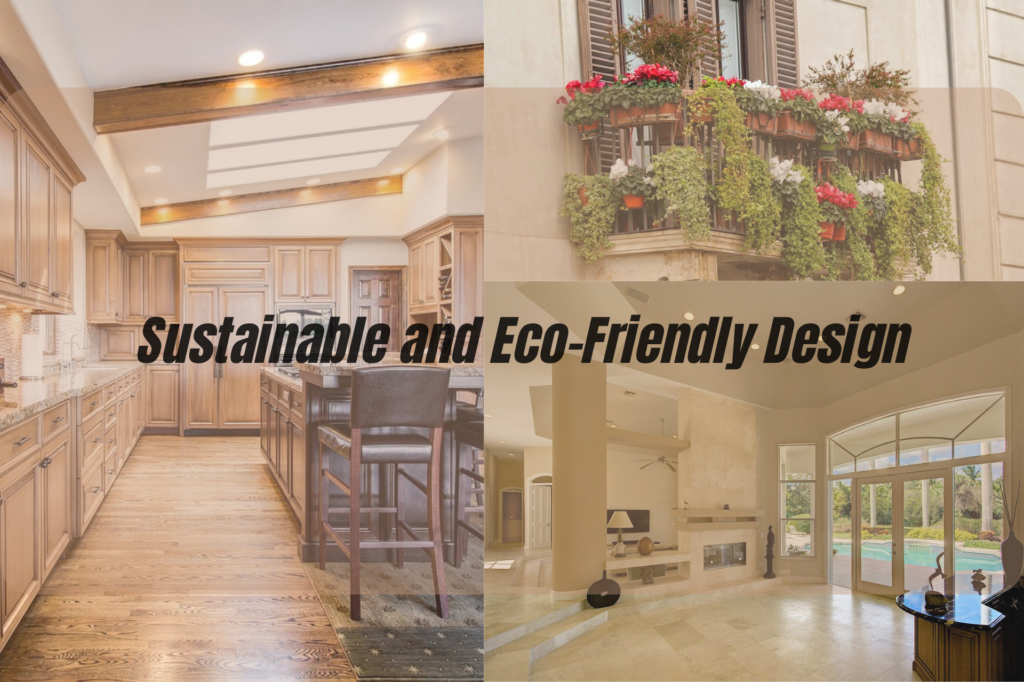
1.1 Energy-Efficient Homes
Homeowners are increasingly prioritizing energy efficiency to reduce their carbon footprint and save on utility bills.
Trends include solar panel installations, energy-efficient windows, and advanced insulation materials.
Example: Passive house designs that maximize natural light and minimize energy consumption.
1.2 Use of Sustainable Materials
Recycled, reclaimed, and locally sourced materials are gaining popularity.
Bamboo flooring, recycled steel, and reclaimed wood are being used for both aesthetics and sustainability.
Example: Incorporating reclaimed wood beams into a modern farmhouse design.
1.3 Green Roofing and Landscaping
Green roofs and living walls are becoming a staple in eco-friendly homes.
These features improve insulation, reduce storm-water runoff, and enhance air quality.
Example: A rooftop garden that doubles as an outdoor living space.
2: Smart Home Technology Integration
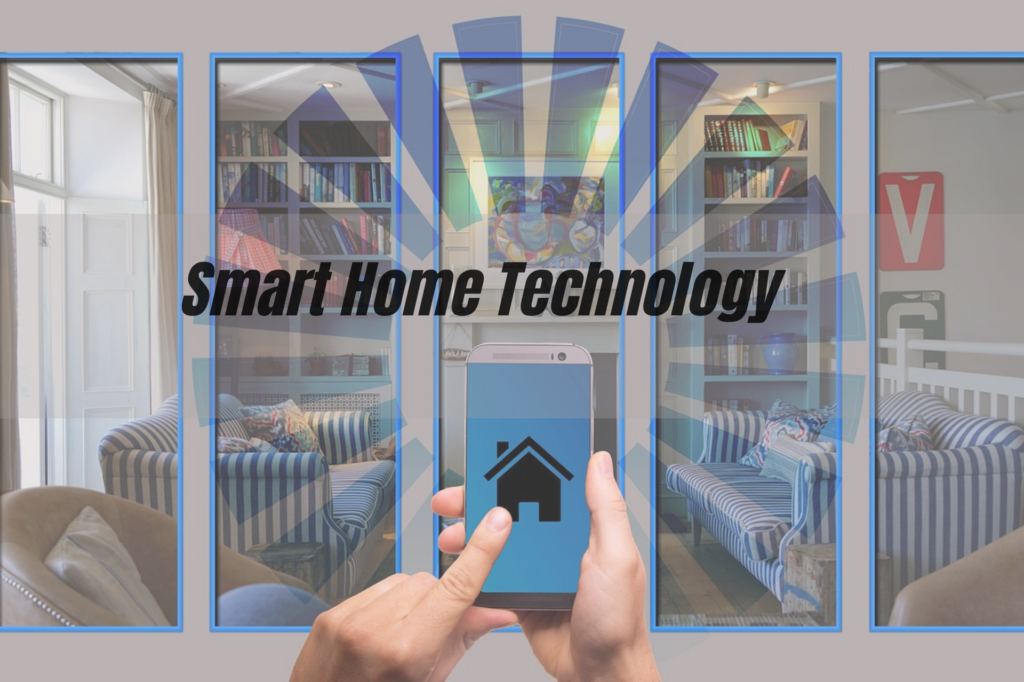
2.1 Home Automation Systems
Smart home technology is no longer a luxury—it’s a necessity for modern homeowners.
Automated lighting, climate control, and security systems have become standard features.
Example: Voice-controlled lighting and thermostats that adjust based on your preferences.
2.2 Integrated Wellness Features
Homes are being designed with wellness in mind, incorporating features like air purification systems and circadian lighting.
Example: A bathroom with a steam shower and chromotherapy lighting for relaxation.
2.3 Connectivity and IoT
The Internet of Things (IoT) is transforming homes into interconnected ecosystems.
Smart appliances, entertainment systems, and even furniture are being integrated into home designs.
Example: A kitchen with a smart fridge that tracks groceries and suggests recipes.
3: Flexible and Multifunctional Spaces
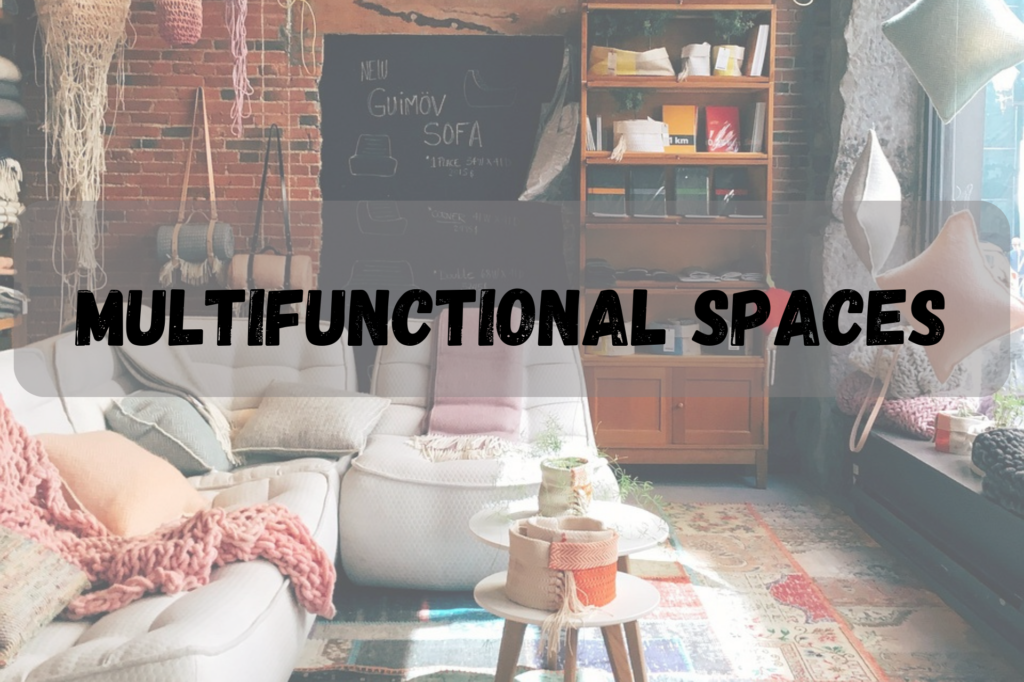
3.1 Open Floor Plans with Defined Zones
Open floor plans remain popular, but homeowners are now looking for ways to create defined zones within larger spaces.
Example: Using furniture, rugs, or partial walls to separate living and dining areas.
3.2 Home Offices and Remote Workspaces
With remote work on the rise, dedicated home offices are a must-have.
Trends include soundproofing, ergonomic furniture, and plenty of natural light.
Example: A built-in desk with storage and charging stations in a spare bedroom.
3.3 Multifunctional Rooms
Spaces that serve multiple purposes are becoming increasingly popular.
Example: A guest room that doubles as a home gym or a living room with hidden storage solutions.
4: Modern Aesthetics with Timeless Appeal
4.1 Minimalist Design
Clean lines, neutral color palettes, and clutter-free spaces are dominating modern residential architecture.
Example: A kitchen with sleek, handle-less cabinets and quartz countertops.

4.2 Indoor-Outdoor Living
The fusion of indoor and outdoor spaces is gaining popularity.
Large sliding glass doors, outdoor kitchens, and covered patios are in demand.
Example: A living room that opens up to a landscaped backyard with a fire pit.
4.3 Mixed Materials and Textures
Combining different materials like wood, metal, and stone adds depth and character to a home.
Example: A feature wall with a mix of exposed brick and wooden panels.
5: Accessibility and Aging-in-Place Design
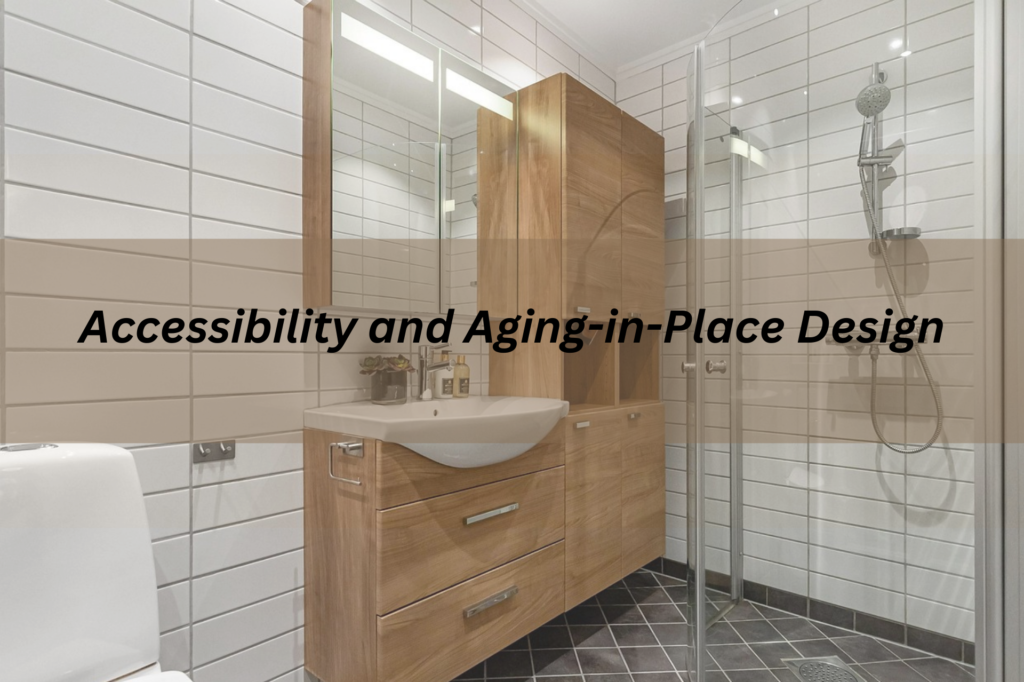
5.1 Universal Design Principles
Homes are being designed to accommodate people of all ages and abilities.
Features like wider doorways, zero-step entries, and accessible bathrooms are becoming standard.
Example: A bathroom with a walk-in shower and grab bars for safety.
5.2 Aging-in-Place Solutions
As the population ages, more homeowners are planning for long-term accessibility.
Trends include single-story homes, lever-style door handles, and non-slip flooring.
Example: A kitchen with adjustable-height countertops and pull-out shelves.
6: How to Incorporate These Trends into Your Home
Work with a Professional: Partnering with an experienced architecture and construction company can help you bring these trends to life.
Plan for the Future: Consider how your needs might change over time and design accordingly.
Balance Trends with Timelessness: While it’s great to incorporate the latest trends, focus on creating a space that will stand the test of time.
Conclusion:
The latest trends in residential architecture are all about creating homes that are sustainable, functional, and tailored to modern lifestyles. Whether you’re building a new home or renovating an existing one, these trends offer endless possibilities for transforming your living space.
If you’re ready to bring these innovative designs to life, consider working with a team that has the expertise and experience to deliver exceptional results. With over 15 years of experience in residential architecture and construction, we’re here to help you create the home of your dreams.
Call-to-Action (CTA):
“Ready for a stylish home makeover? Let’s talk—schedule your consultation today!”

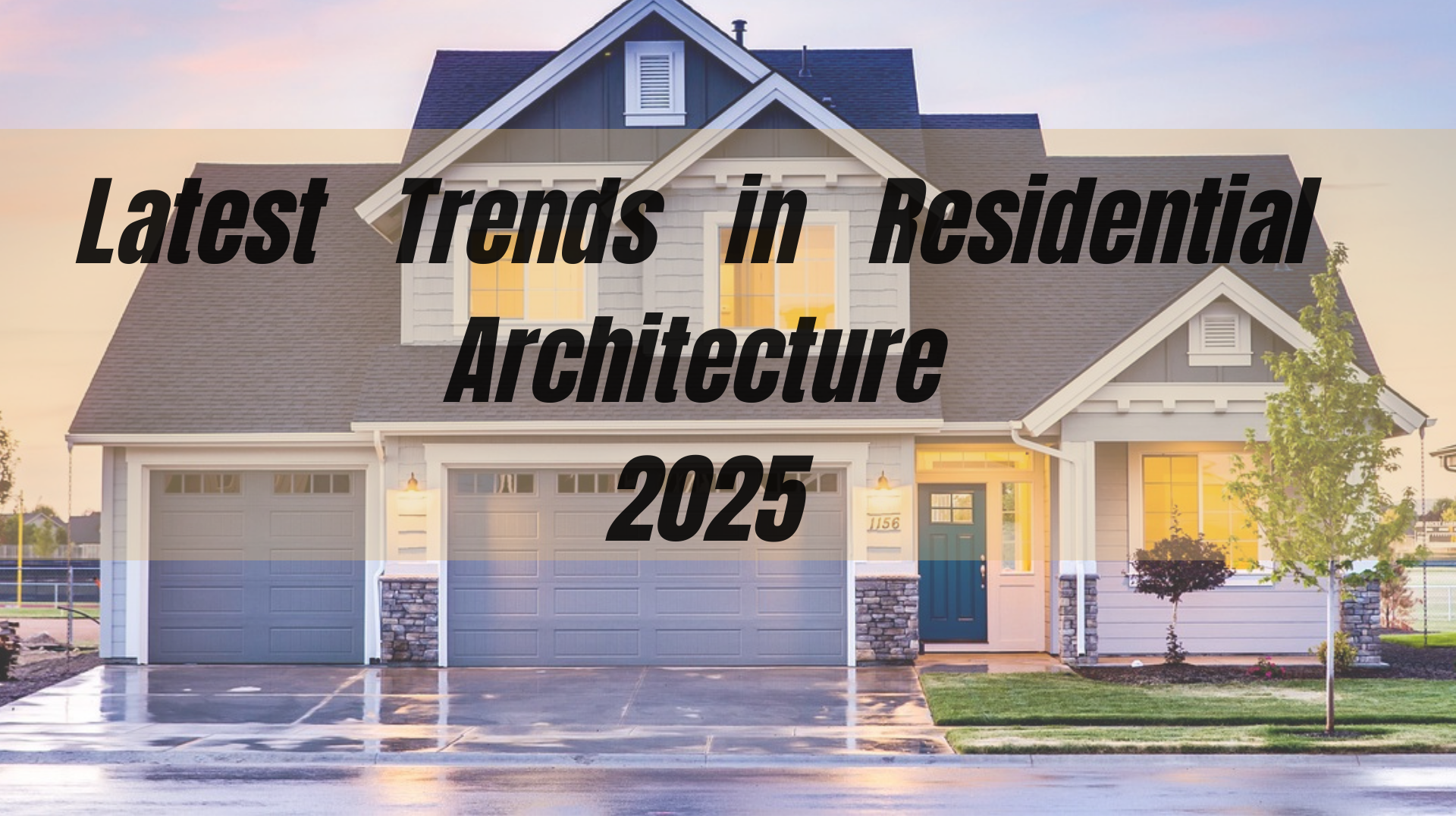
Leave a Reply